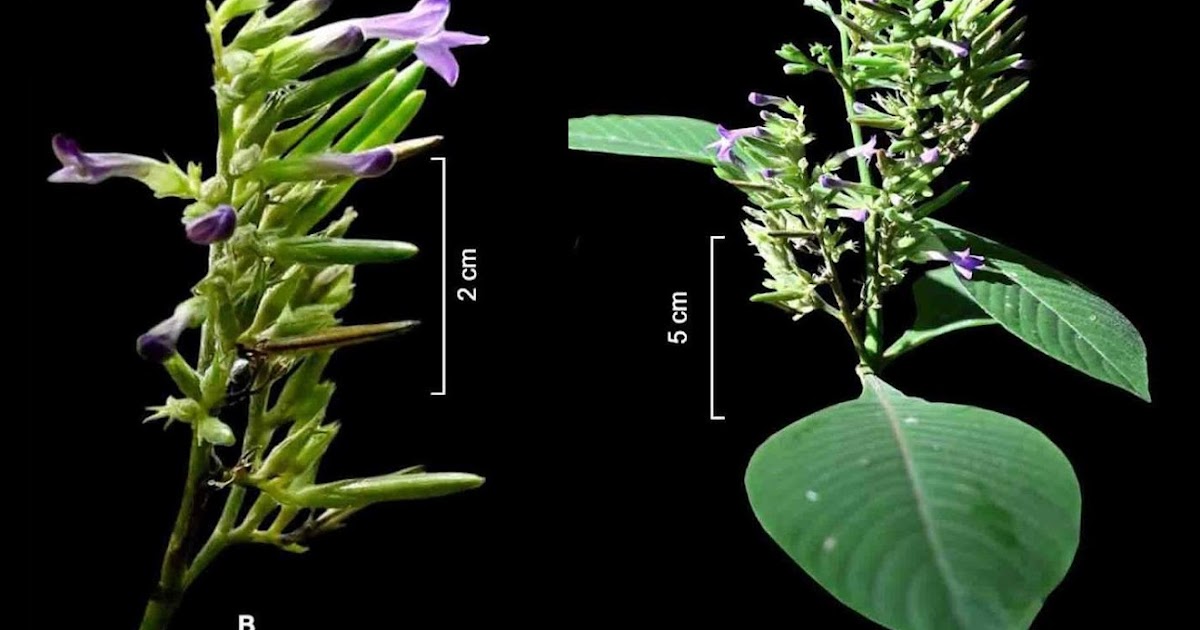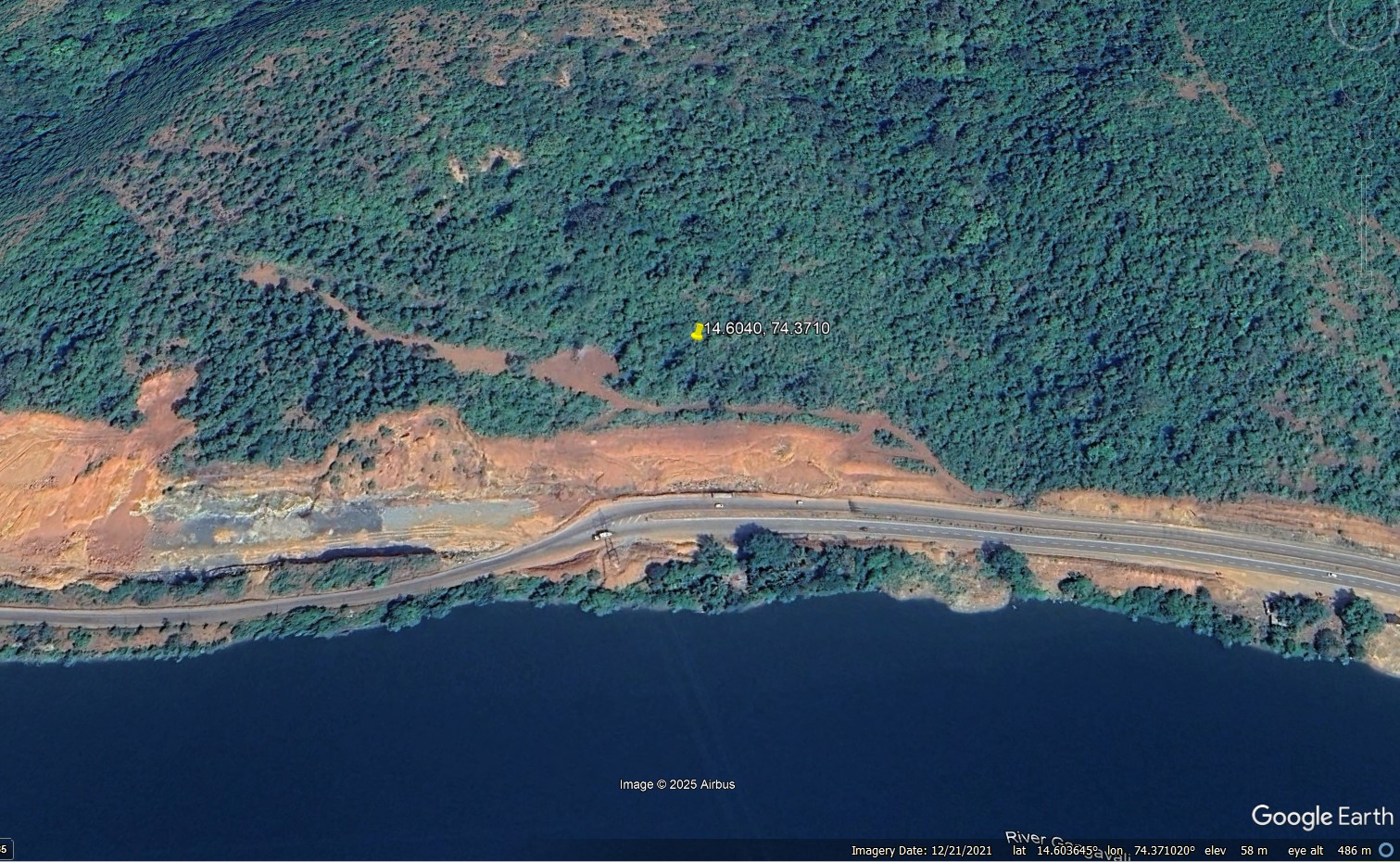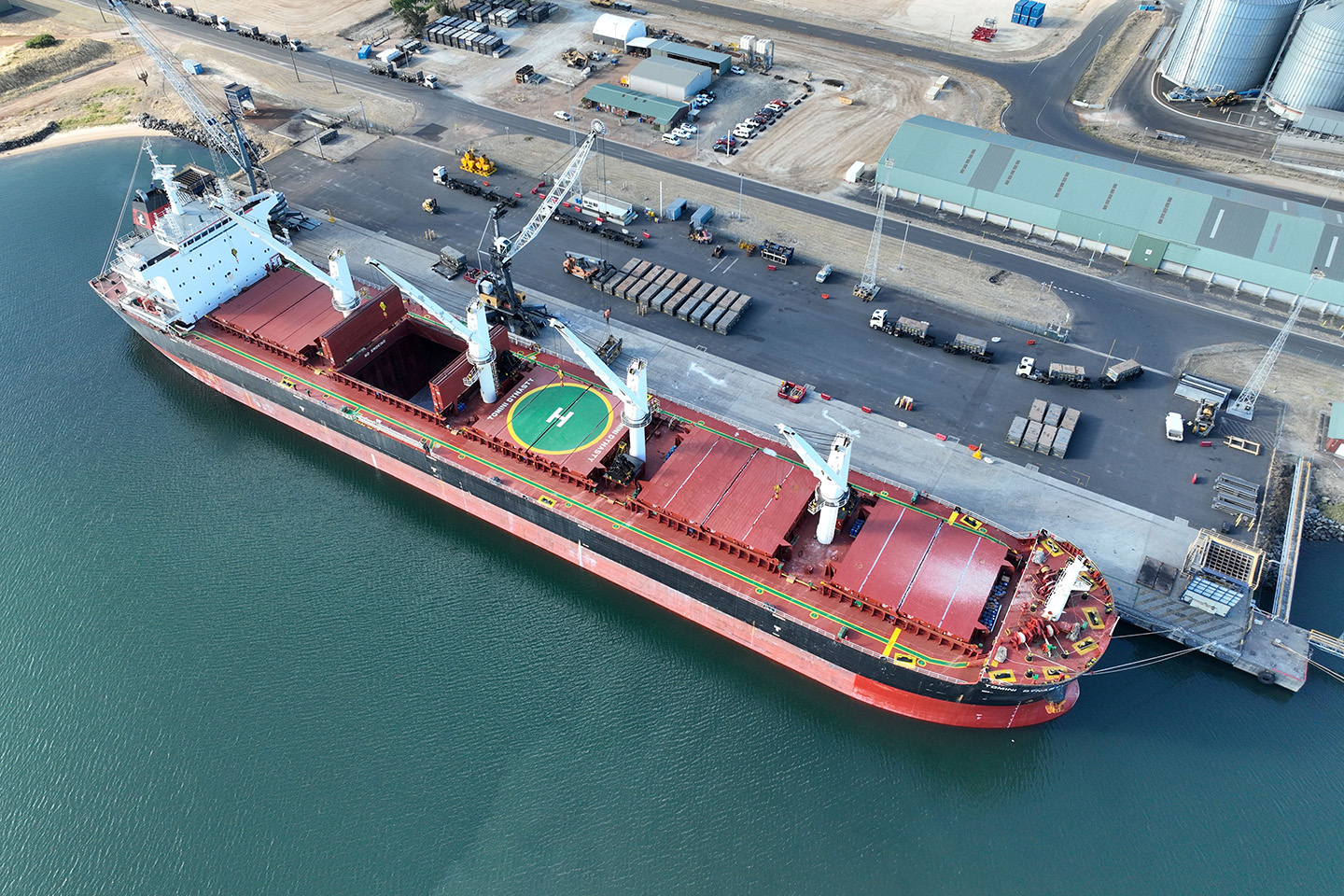
In a groundbreaking study, researchers have uncovered a hidden network of “metal highways” beneath the Earth’s ancient continental cores. These geological formations, shaped over millions of years, serve as pathways for critical metals such as copper, rare earth elements, and cobalt—essential components for advancing a green economy. The discovery provides a new understanding of how these vital resources accumulate and offers valuable insights for sustainable exploration of untapped reserves.
The Groundbreaking Study
This transformative research, led by Dr. Chunfei Chen and his team at Macquarie University, was published on January 8, 2025, in the prestigious journal Nature. The study builds on years of high-pressure experiments conducted by Macquarie University’s Earth Evolution research group. The research received support from multiple institutions, including the Australian Research Council and Macquarie University.
Dr. Chen, during his postdoctoral work, focused on the behavior of carbonate-rich melts—molten material deep beneath the Earth’s surface. His team identified how these melts, which form at depths of around 200 kilometers beneath the continental crust, are responsible for transporting and concentrating critical metals along the margins of ancient continental cores.
According to the study, the edges of these continental cores—thick, bowl-shaped sections of tectonic plates—are hotspots for volcanic activity and metal deposition. The findings align with observations from Geoscience Australia and the Australian National University, which have long speculated on the unusual metal concentrations in these regions.
How Earth’s Metal Highways Work
The study provides a detailed explanation of how these hidden pathways form and operate. Beneath ancient continents, carbonate-rich melts flow upward and outward from the centers of thick continental cores toward their edges. Dr. Chunfei Chen explained:
“These cores are the thickest, bowl-shaped, parts of tectonic plates. Melts that form below their centers will flow upwards and outwards towards the edges, so that volcanic activity is common around their edges.”
As these melts rise, their composition changes significantly. Initially rich in silica, critical metals, and sulfur, they lose silica along the way. This loss triggers a chemical reaction that causes metals to drop out of the melt and accumulate in linear patterns along the continental margins.
Professor Stephen Foley, a distinguished geologist at Macquarie University, highlighted the importance of this process:
“The initial melts can carry lots of critical metals and sulfur, but our new results show that these are dropped by the melt as it loses silica. This causes concentrations of critical metals and sulfur in linear arrangements around the edges of thick continental cores.”
This process effectively transforms the edges of ancient continental cores into natural repositories for critical metals, creating a “highway” for these valuable resources to move and deposit over millions of years.
Why this Discovery Matters
The implications of this study are immense, especially in the context of the global transition to renewable energy and a green economy. Technologies like electric vehicles, wind turbines, and solar panels rely heavily on critical metals such as copper and rare earth elements. Yet, the current supply of these metals is insufficient to meet the growing demand.
Dr. Chen’s findings bring previously unexplored regions into focus, offering new opportunities for mining operations to locate untapped reserves. By targeting the edges of ancient continental cores, geologists can explore areas that have long been overlooked, reducing the reliance on traditional mining sites that are increasingly depleted.
Moreover, the study underscores the interconnectedness of deep Earth processes and surface ecosystems. The formation and distribution of critical metals are not random but are deeply influenced by tectonic activity and the movement of molten materials within the Earth’s mantle.
Future Exploration and Sustainability
This discovery also has the potential to reshape the mining industry’s approach to sustainability. By identifying specific geological processes responsible for metal accumulation, exploration efforts can become more targeted and less invasive. Instead of widespread, environmentally damaging mining practices, operations can focus on areas with the highest potential yield.
Geological samples taken from volcanic regions that align with these metal highways have already shown elevated levels of sulfur and copper, supporting the study’s conclusions. These findings will likely drive further research into the specific mechanisms that dictate the behavior of carbonate-rich melts and their role in metal deposition.
While much work remains to be done, this study opens the door to a new era of geoscience and resource exploration. Understanding the natural processes that shape our planet’s hidden resources is not only scientifically fascinating but also essential for meeting the challenges of a sustainable future.
Got a reaction? Share your thoughts in the comments
Enjoyed this article? Subscribe to our free newsletter for engaging stories, exclusive content, and the latest news.








Leave a Comment